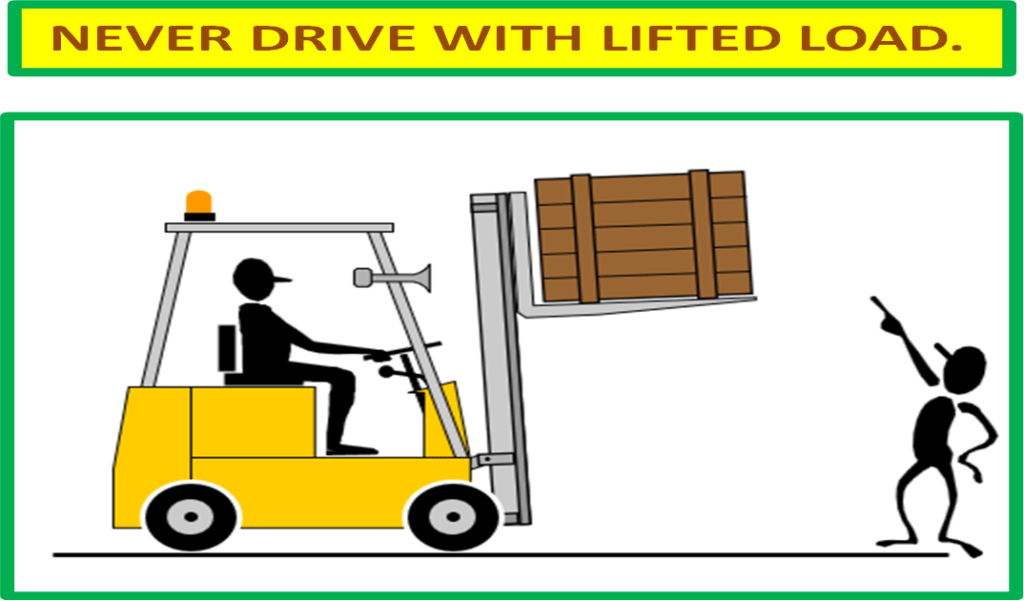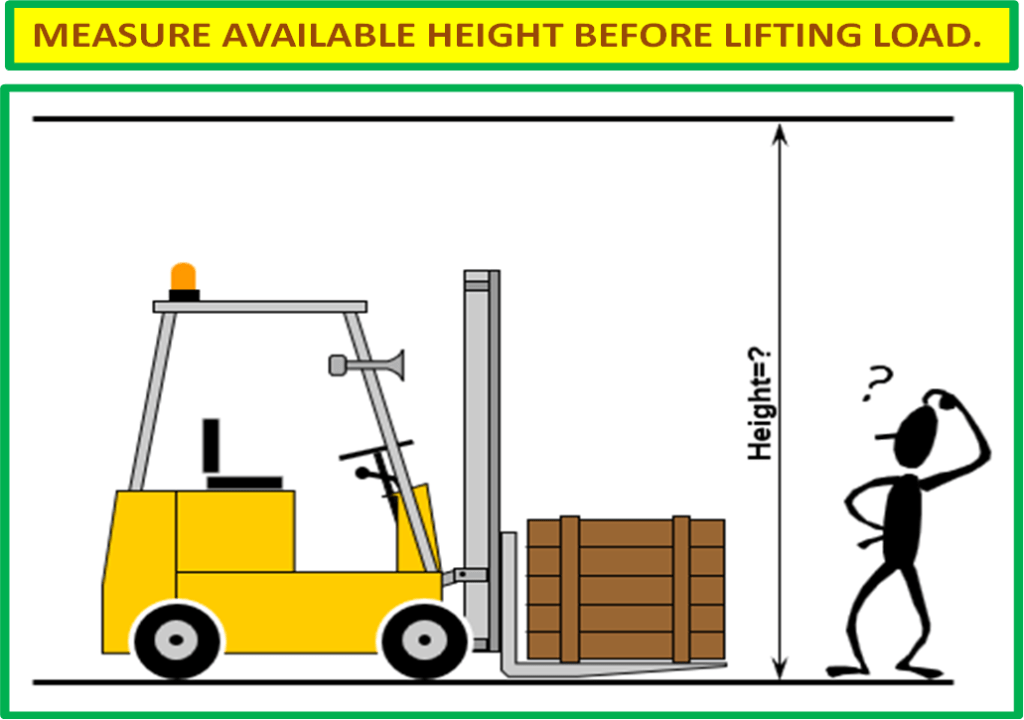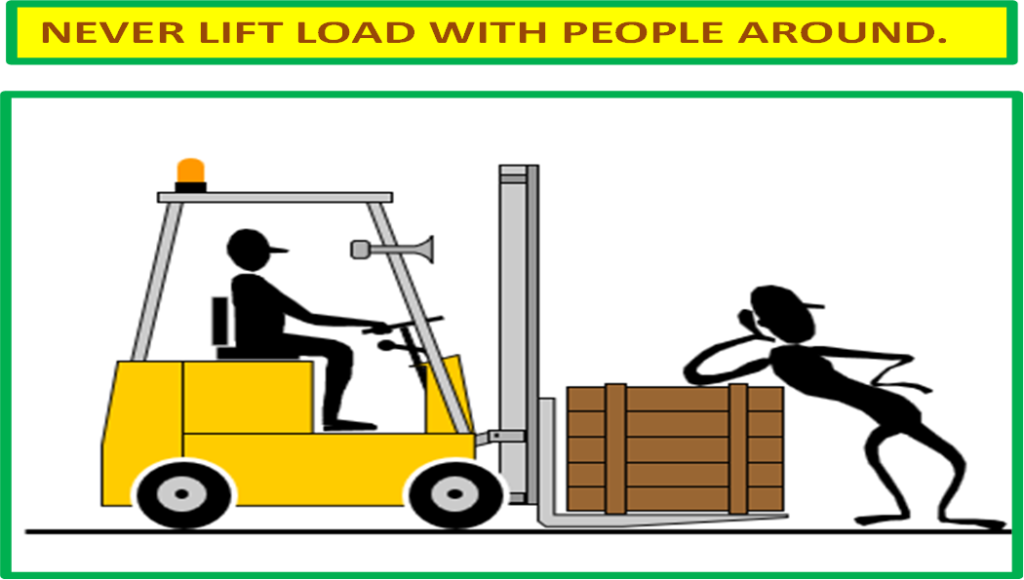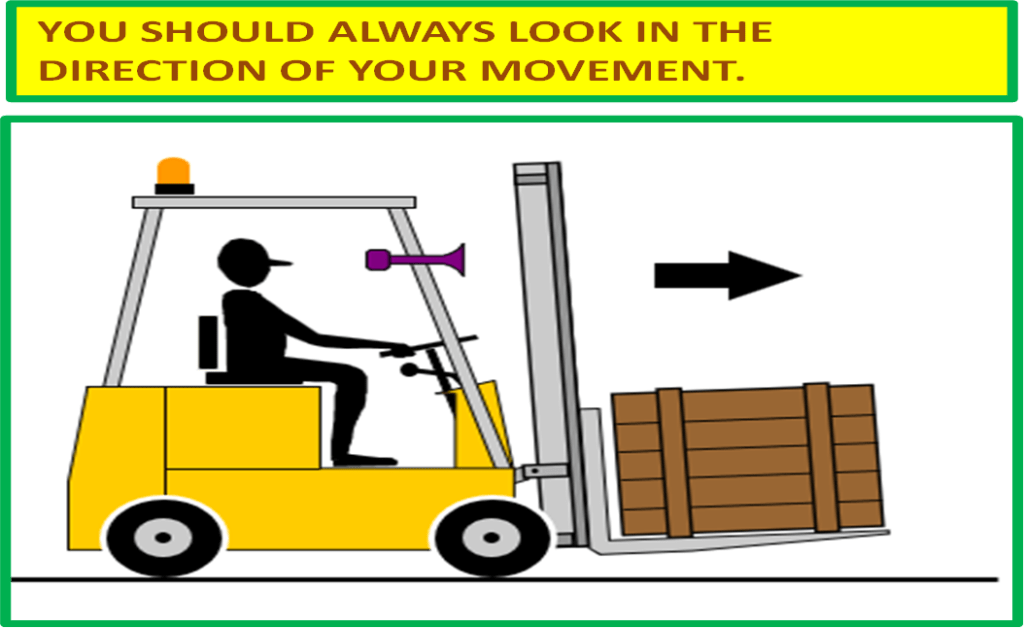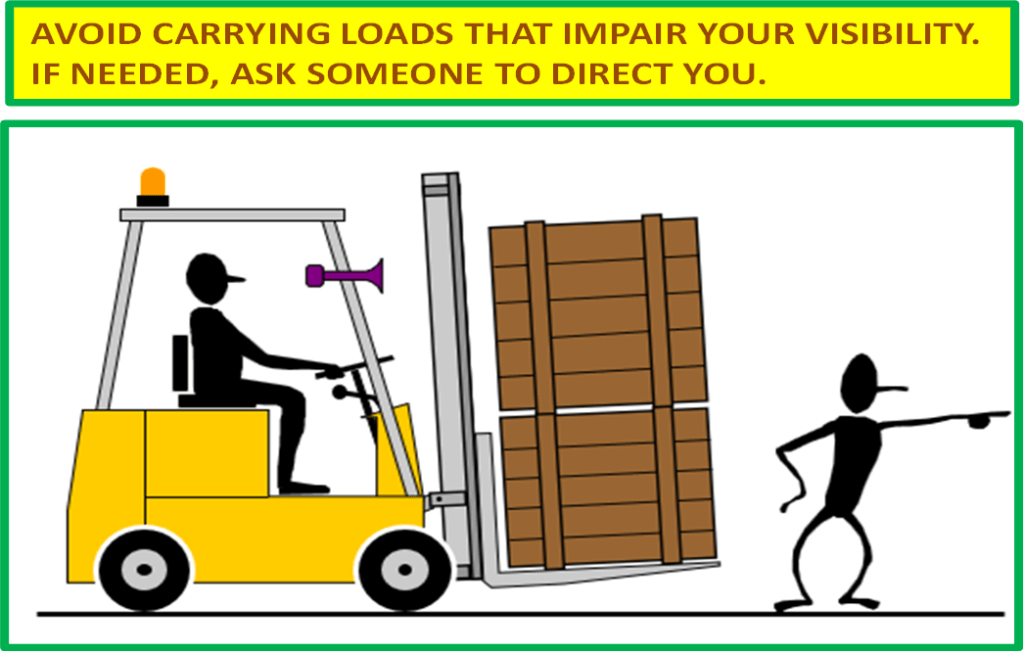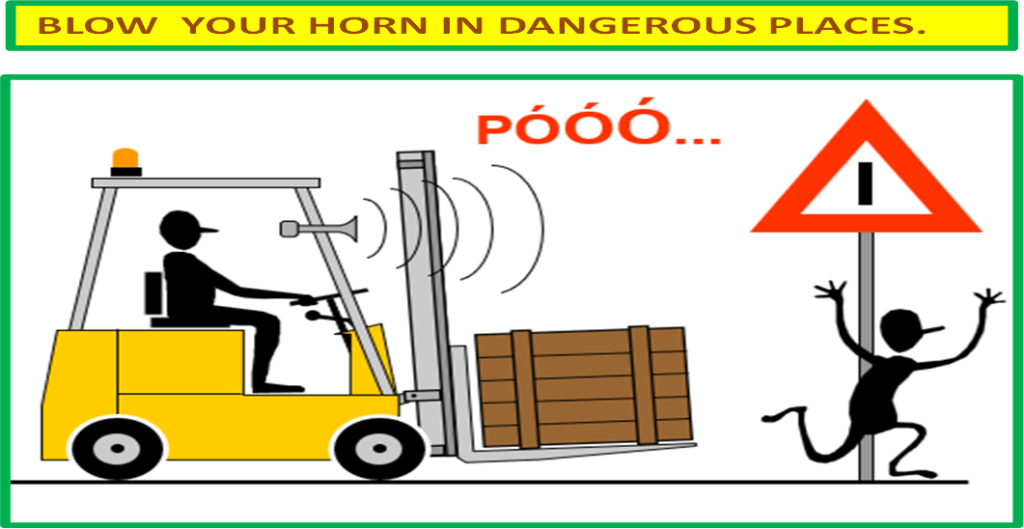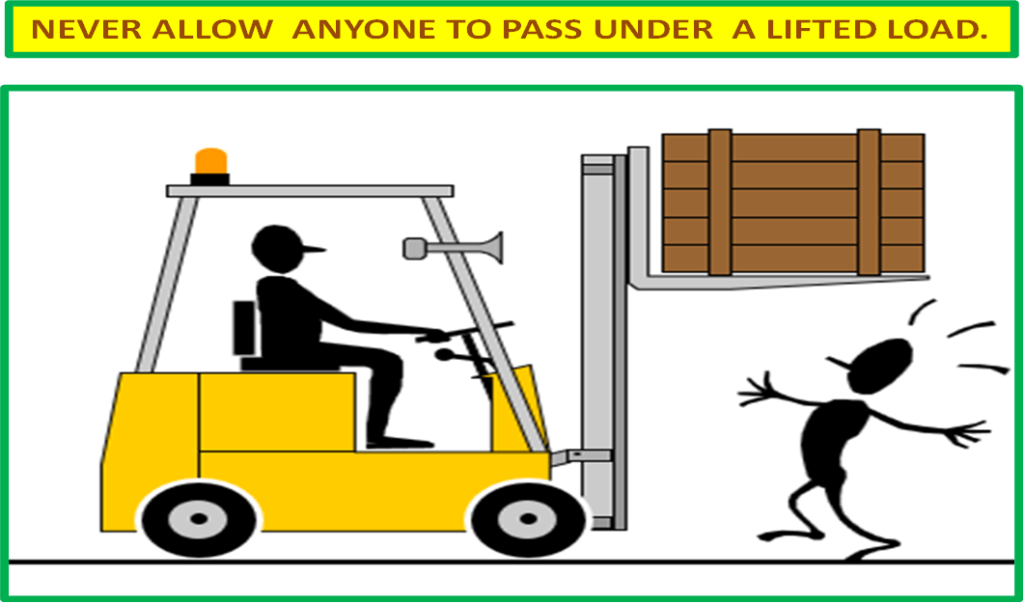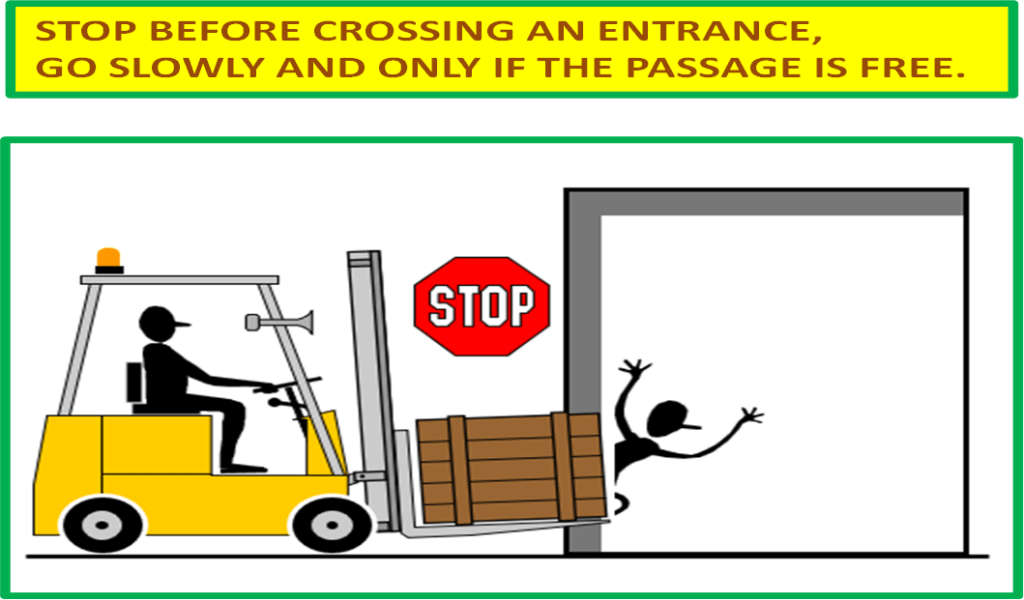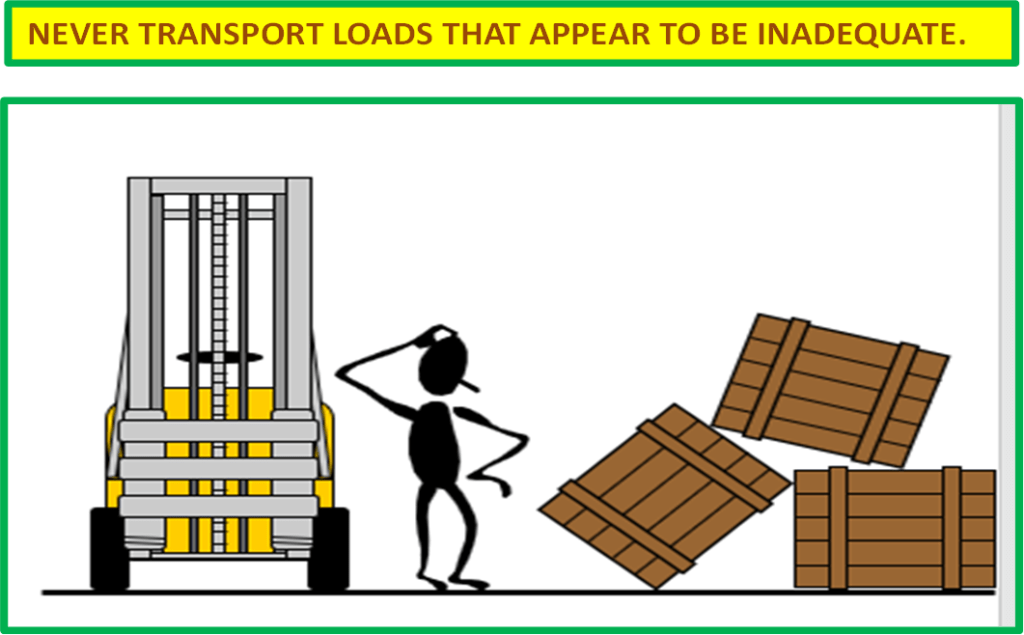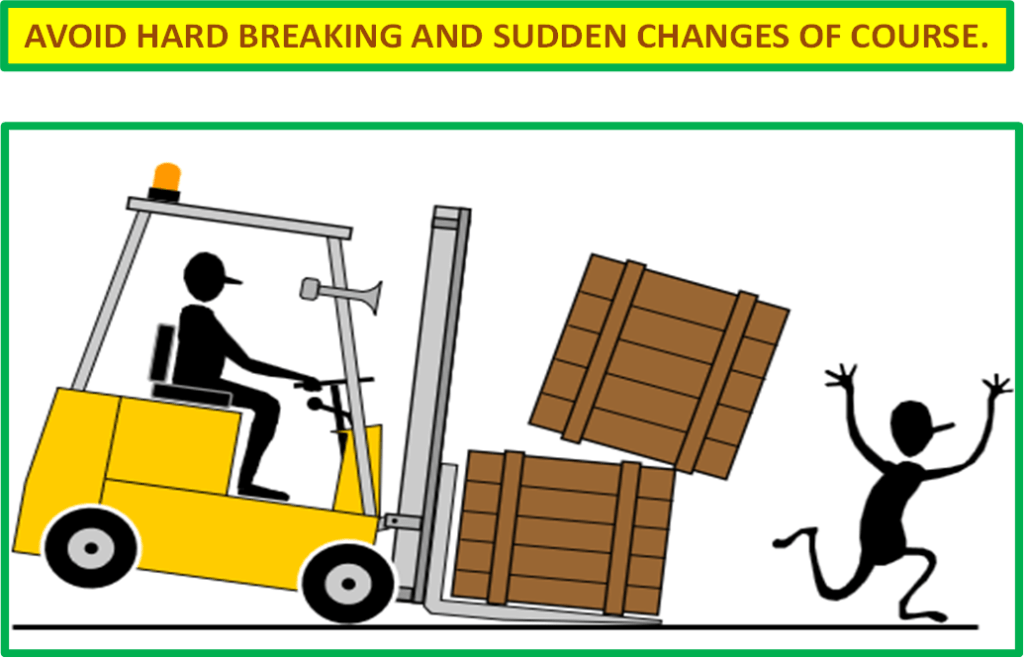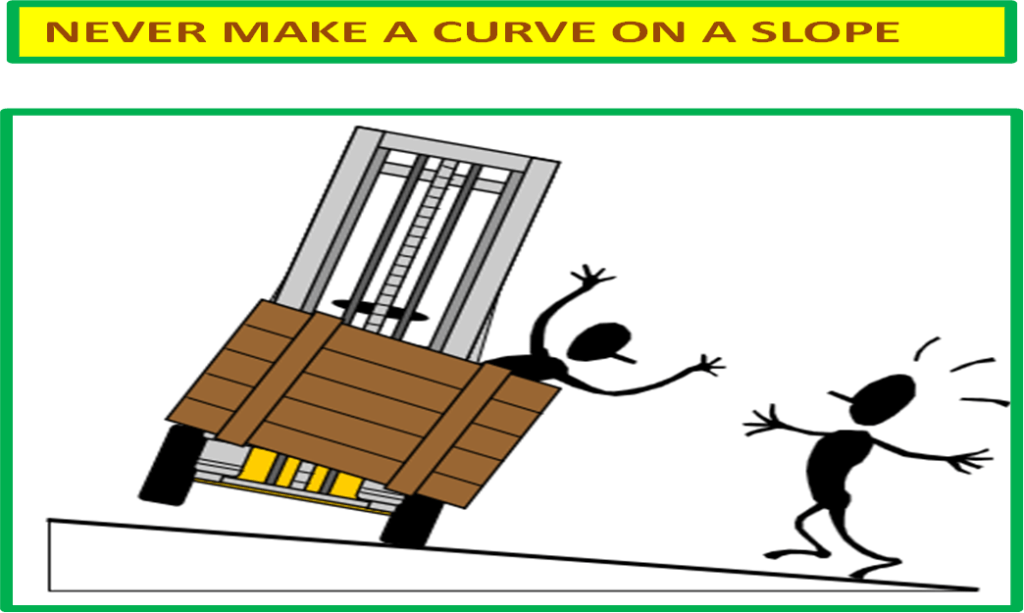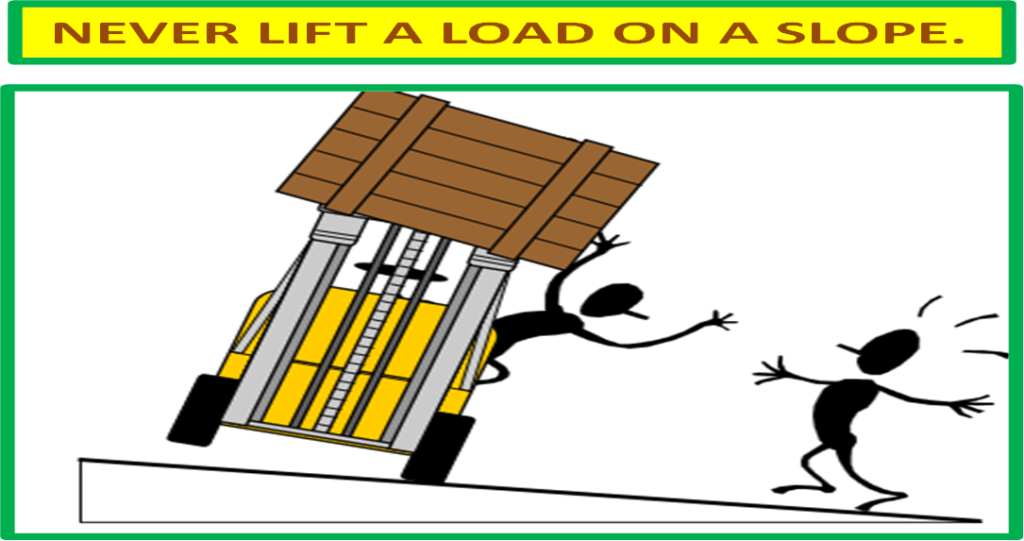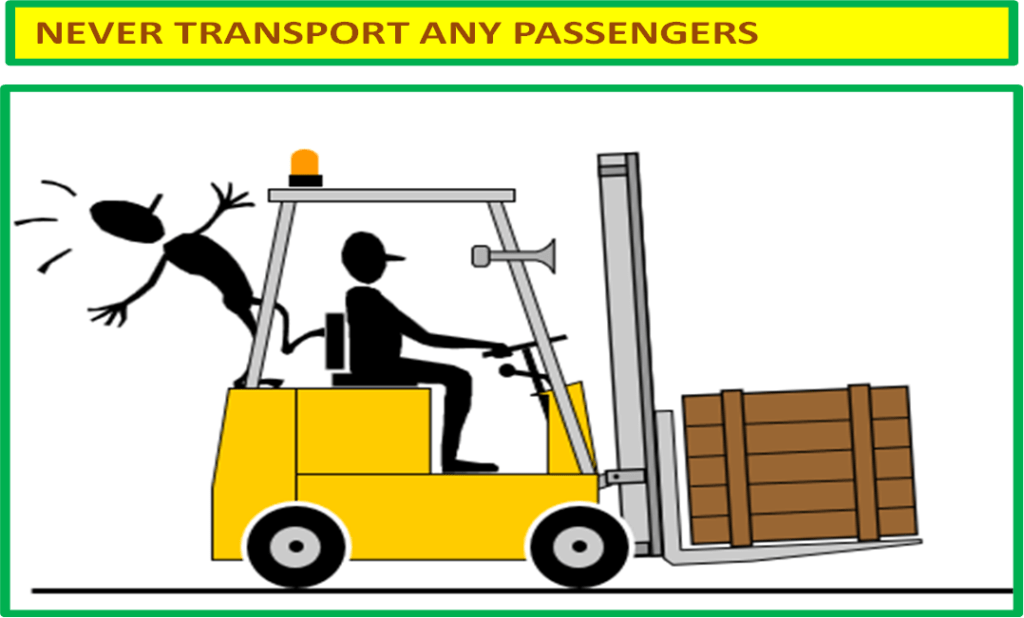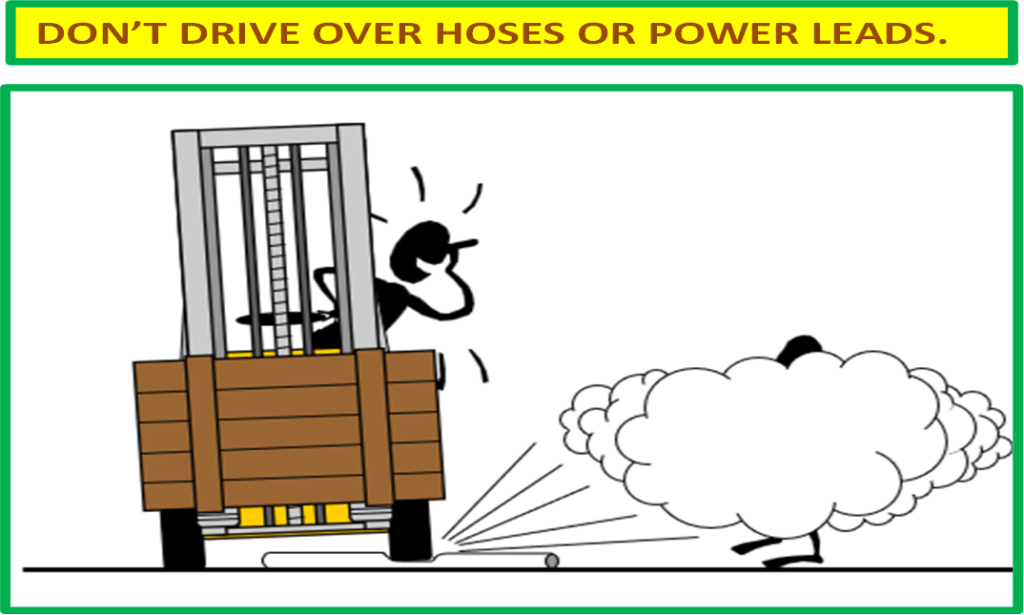Forklift Safety
Introduction
- Forklift is a powered industrial truck used for lifting and movement of material over short distances.
- It is also called Lift Truck, Fork Truck, fork hoist and Forklift Truck, Etc.
- It also helps person to lift and place heavy load with little effort where human can`t lift.
- It is widely used to move heavy loads in Construction, Manufacturing, Warehouses, Storage Godowns, Pharmaceuticals like industries.
Types of Forklifts based on Structure
Most popular types of Forklifts in market are:
- Warehouse forklifts.
- Site Loader.
- Counterbalance Forklift.
- Telehandler.
- Heavy-Duty Forklift.
- Rough Terrain Forklift.
- Pallet Jack.
- Walkie Stacker.
- Order Picker.
- Reach Fork Truck.
Types of Forklifts based on fuel
- Diesel Powered.
- Electric Powered.
- Gasoline Powered.
- LP-Gas Powered.
Forklift Safety while refueling and recharging
- Park in designated while refueling and recharging area.
- Do not block emergency equipments while operating forklift.
- Make sure area is well ventilated.
- Make sure availability of fire-fighting equipments nearby while forklift refueling or recharging.
- Turn off Engine and Lights.
- Do not smoke in the area while refueling or recharging.
- Do not spill fuel during refueling or recharging.
- Use only approved cans in case of refueling.
- For LP, Shut off valves while refueling.
- Make sure availability of Spill kit while refueling.
Forklift Operations Safety or Control Measures
- Always follow the manufacturer’s instructions while using forklift.
- Only trained and certified operators allowed to operate Forklift.
- Ensure operators are trained on types of trucks they are going to use.
- Keep forklift neat and clean condition, free of excess oil and grease.
- Always wear a seatbelt while operating Forklift.
- Never exceed the rated load and ensure it is stable and balanced.
- Do not raise or lower the load while traveling.
- Keep a safe distance from platform and ramp edges.
- Be aware of other vehicles in the work area.
- Have clear visibility of the work area and ensure you have enough clearance when raising, loading, and operating a forklift.
- Use proper footing and the handhold, if available, when entering the lift.
- Use horns at cross aisles and obstructed areas.
- Watch for pedestrians and observe the speed limit while driving forklifts.
- Do not give rides or use the forks to lift people.
- Drive with forks 15 cm away from the ground and mast tilted backwards.
- Never Drive when load is lifted.
- When loaded, always drive up or down slope with forks pointing towards the highest part of the slope.
- When unloaded, always drive up or down slopes with forks pointing towards the lowest part of the slope.
- Always drive slowly, especially driving down a slope.
- Always park forklift in designated parking area with fork in lowered position, parking brake applied and engine off.
- Never park forklift on slope.
- Measure available height before lifting load,
- While lifting load ensure nobody around it.
- Always look towards the direction of movement.
- Avoid carrying load that impair visibility, if required ask for person to guide the road.
- Blow horn in case of dangerous places.
- Never allow anyone under suspended load while operating forklift.
- Avoid Pedestrians.
- Avoid hard braking.
- Never make curve on slope.
- Never tilt a lifted load forward unless in it`s proper lifting site and even then, only a little.
- Ensure three points of contact while climbing in Forklift operator cabin.
- Never lift a load on slope.
- Don`t drive hoses or power leads.
- Don`t operate forklift under influence of alcohol, drugs or medication.
Do not put your and your colleague life in danger
Hazards associated with Forklift
- Excessive speed while driving Forklift.
- Travelling forklift with elevated load.
- Vision blockage of operator while travelling Forklift due to load.
- Stability of Forklift. (Imbalance and improper load balance).
- Attachments of Forklift.
- Horse play while operating Forklift.
- Engine on while not in use.
- Damaged tires.
- Road surface conditions.
- Pedestrians.
- Untrained Operator.
- Unauthorized operator.
- Blind spots.
- Improper use.
- Unsecured Loads.
- Docks and Ramps.
- Improper maintenance.
- Refueling and Recharging Forklift.
- Overhead Obstructions.
- Seatbelts and tethers.
- Improper traffic management.
Daily Inspection of Forklift
Ensure below points to be checked on daily basis;
- Seat Belt.
- Warning Light.
- Backup Alarm.
- Horn.
- Steering.
- Brakes.
- Carriage, Chains, Forks.
- Hydraulic Hoses.
- Hydraulic Lift/Tilt Controls.
- Tires.
- Hour Meters.
- Leaks.
- Fuel Level.
- Oil Level.
- Water Level.
- Fan Belt.
- Nut Bolts of structure.
Classifications of Forklifts as per OSHA
As per Occupational Safety and Health Administration Forklift is classified as below;
Class-I: Electric Motor Riding Trucks.

Class-II: Electric Motor Narrow Aisle Truck.

Class-III: Electric Motor Hand Trucks Or Hand/Rider Trucks.

Class-IV: Internal Combustion Engine Trucks (Solid Or Cushion Tires) & Class-V: Internal Combustion Engine Trucks (Pneumatic Tires).

Class-VI: Electric and Internal Combustion Engine Tractors.

Class-VII: Rough Terrain Forklift Trucks.

Anatomy of Forklift

Controls of Forklift

Switch controls of Forklift

Gauges of Forklift

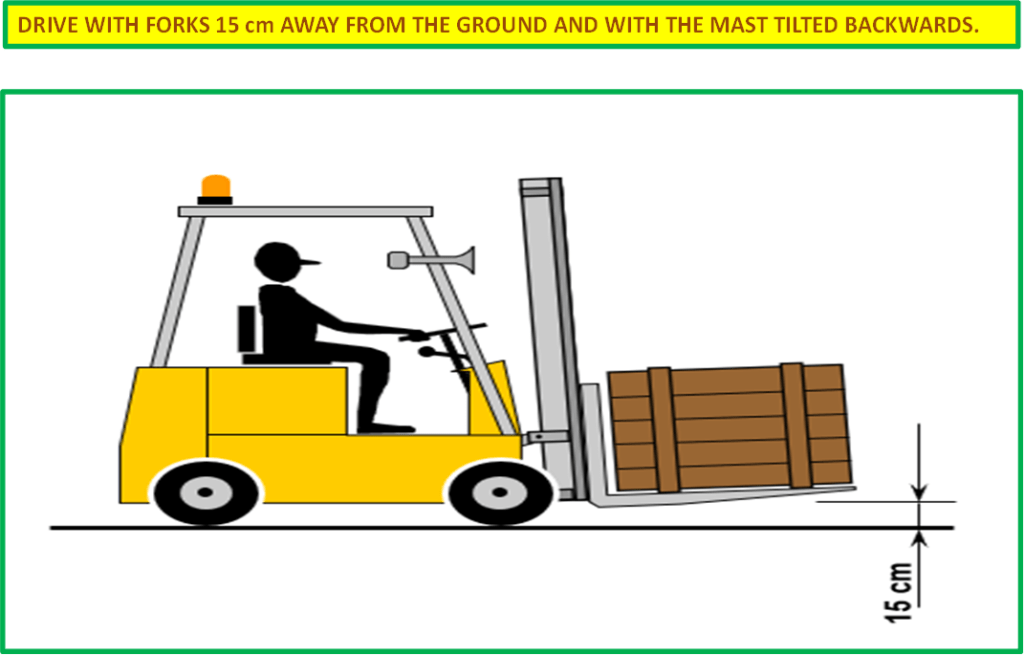
Forklift Safety Rules
